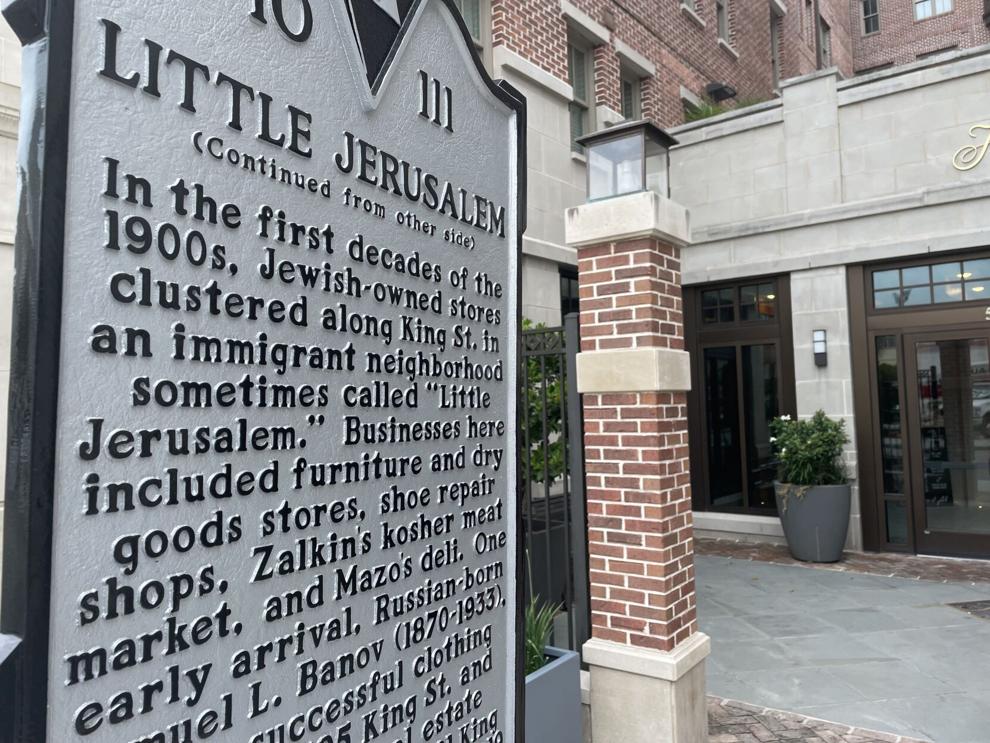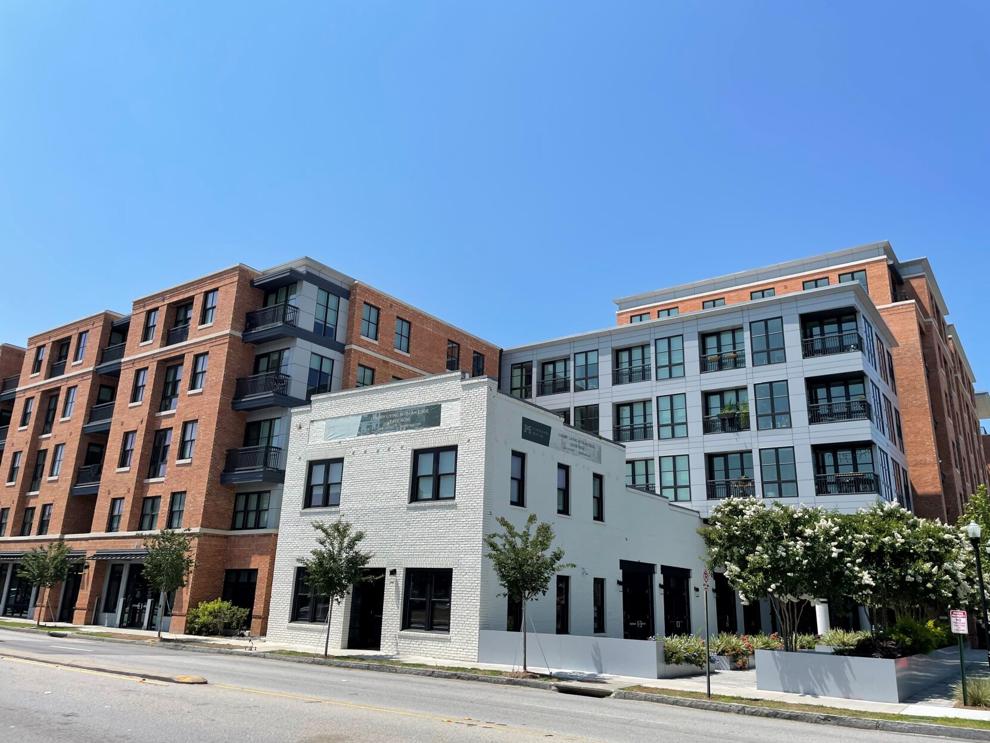Media Coverage
Behre: More appreciation, and understanding, of Charleston’s ‘Little Jerusalem’
preservation-admin , June 5, 2021
Read the original Post and Courier article here
None of Charleston’s historic buildings exist in a vacuum, and the long-vacant art deco storefront at 609 King St. is a good example; it ultimately might owe its very survival to that fact.
The building, owned by Evening Post Industries, which also owns this newspaper, is in the footprint of the planned second phase of Courier Square, a major redevelopment around King and Meeting streets. Its development team recently asked the city’s Board of Architectural Review for permission to tear down the small building.
But the request ultimately got sidelined because of historical research done on a property just to the south. The developers of Hoffler Place apartments hired historical consultant Brittany Lavelle Tulla to examine the history of their property on King just north of Spring. It had been vacant for decades, but it once held the Lincoln Theatre, which existed from 1919 to the 1970s and was the city’s longest-running theater for African Americans. Hurricane Hugo’s damage in 1989 led to its being torn down.
The Hoffler site also was part of what some called “Little Jerusalem,” a thriving business district north of Calhoun with many Jewish-owned stores in an immigrant neighborhood. Those living and working here included African American families, immigrant Jewish families, Greek merchants, Chinese immigrants and others.
Tulla’s research led to a new historical marker recognizing both the Lincoln Theatre and Little Jerusalem that will be dedicated this week. Her work there, along with other research on a nearby property, led the State Historic Preservation Office to suggest that this part of the city could be eligible to become a new National Register Historic District.
This new historical marker, sponsored by the Charleston Jewish Federation, stands outside Hoffler Place apartments and recalls Upper King Street’s multi-ethnic, early 20th century history. Robert Behre/Staff
Local preservation groups cited the State Historic Preservation Office’s findings when urging the BAR to reject, or at least defer, the demolition request for 609 King. Built around 1937 to house a butcher shop and other businesses, the modest single-story building would contribute to such a historic district. That was news to those seeking its demolition, so they wisely asked their request be set aside, at least for now.


